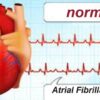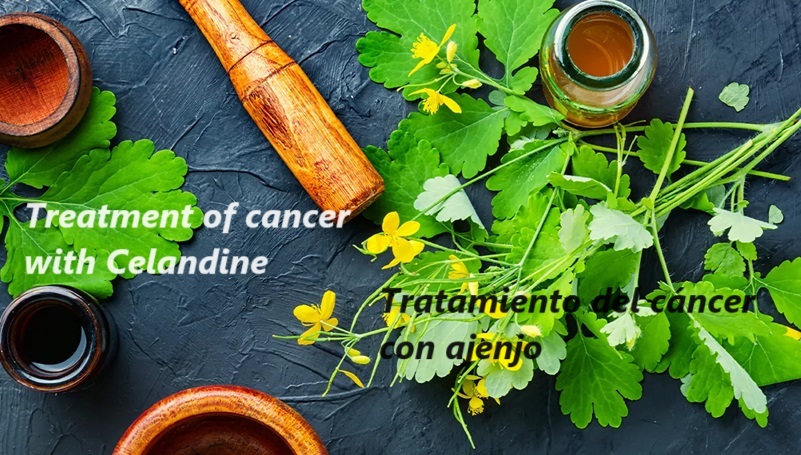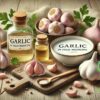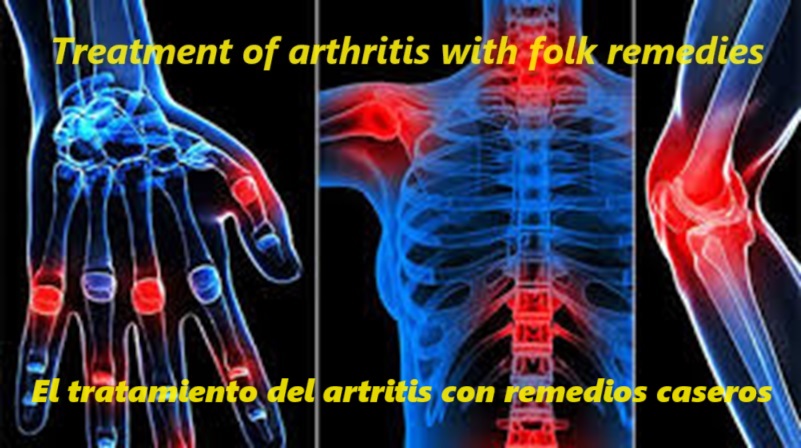Causes of Heel Spurs:
- Polyarthritis, arthritis,
- Impaired blood circulation in the lower extremities,
- Sciatica, lumbar osteochondrosis,
- Salt deposits, gout,
- Excess weight
Description of the Condition
A heel spur is a condition that has increasingly been observed among young people. It is not a primary disease but usually occurs against the background of an existing issue. The condition affects the tendons, leading to deformation of the bone and its position. As a result, individuals begin to experience pain while walking. Doctors diagnose it as a heel spur. Treatment with folk remedies or medication should begin as soon as the first symptoms appear. Early intervention can lead to a quick and easy recovery. However, if left untreated, surgery may be necessary.
Nowadays, a heel spur is most often diagnosed using X-rays. On the X-ray, doctors can see the extent of tendon damage. Due to calcium deposits, the tendon takes on an unusual shape, making the heel appear spur-like in the image. This is where the condition gets its name—heel spur.
Symptoms of the Condition
- Pain in the Heel Area
Pain becomes more intense when pressure is applied to the foot. It may occur intermittently, but in some cases, the pain persists constantly, especially in advanced stages, where the tendon is so deformed that the individual can barely step on the foot. - Visible Changes in the Heel
In some cases, the heel spur is visually noticeable. The heel appears slightly enlarged.
Causes of Heel Spurs
Heel and tendon injuries often lead to the development of heel spurs. This can result from:
- Wearing high-heeled shoes for prolonged periods
- Missteps on uneven terrain that injure the foot
- Flat feet, which make prolonged walking difficult
- Extended hiking trips
Heel spurs can also result from various infections, such as reactive arthritis, gonorrhea, or chlamydia. These infections are often asymptomatic, leaving individuals unaware of the source of their heel spur. In such cases, treatment with folk remedies should be combined with therapy targeting the underlying disease.
Chronic inflammatory diseases, such as gout, can also lead to heel spurs. Gout is linked to metabolic disorders, resulting in salt deposits in joints and tendons. Here, too, treating the underlying condition is essential, alongside folk remedies for the heel spur.
Heel Spur Prevention
To prevent heel spurs:
- Reduce Pressure on the Feet
- Maintain a healthy weight. Doctors recommend a balanced diet and daily exercise. At the very least, regular stretching or light workouts should be a part of everyone’s routine.
- Wear Comfortable Shoes
- Avoid high heels, particularly stilettos, as prolonged use can harm your feet.
- Address Joint and Spine Conditions Promptly
- Treat chronic conditions like gout, chlamydia, and other inflammatory or infectious diseases to reduce the risk of heel spurs.
- Prevent Flat Feet from Childhood
- Ensure children wear properly sized shoes to avoid developing flat feet. For those already diagnosed with flat feet, daily therapeutic exercises and orthopedic insoles are essential.
If flat feet are left untreated, heel spur treatment with folk remedies will not be effective. Addressing the root cause is key to preventing and managing the condition.
Methods for Treating Heel Spurs
Shockwave Therapy for Heel Spurs
Shockwave therapy, also known as ultrasound treatment for heel spurs, was developed by a Swiss physician just 10 years ago and has since yielded excellent results. Today, it is one of the most popular methods for treating heel spurs. The essence of this approach lies in targeting affected tissues with ultrasonic shockwaves, leaving healthy tissues untouched. Infected or inflamed cells are destroyed, while healthy ones remain intact due to their protective elastic membrane. This method has several advantages: it can be used for patients of various ages, does not require hospitalization, and allows patients to continue their daily activities without interruption. Shockwave therapy has proven to be one of the most effective treatments for heel spurs.
Medication-Based Treatment
Medications for heel spurs aim to restore hormonal balance and treat underlying inflammatory and infectious conditions.
Laser Treatment
Laser therapy positively affects the soft tissues of the foot but does not address the root cause of heel spurs. It cannot completely eliminate the spur.
Surgical Removal of Heel Spurs
Surgery is the most radical treatment option and is reserved for extreme cases.
Massage for Heel Spurs
Massage can help improve blood circulation in the foot, alleviate pain, and enhance metabolism, but it does not eliminate the spur itself.
Heel Spur Treatment with Folk Remedies
Iodine
Iodine is used externally. Prepare a foot bath with iodine, soak the affected heel for about 10 minutes, and continue the treatment daily. You can also mix 50 ml of iodine with six crushed aspirin tablets to form a paste. Apply this paste to the affected heel and cover with a compress. This should be done every morning and evening for a month. Better results can be achieved by drinking flint-infused water during the treatment period.
Potatoes
Boil six unpeeled potatoes, peel them, and mash into a puree. Mix the mashed potatoes with kerosene instead of water or milk. Once the mixture cools slightly, immerse the affected heels in it for 20 minutes. Afterward, wear warm socks. Repeat this treatment for 12 sessions to permanently relieve heel spur pain.
Radish
Grate a black radish with its skin to extract the juice. Apply the grated radish pulp to the affected heel, secure it with a bandage, and wear a sock. Leave the compress on overnight and remove it in the morning.
Plantain
Fresh plantain leaves can also help relieve heel spur pain. Bind several leaves to the heel and replace them when they wilt. Continue this treatment for 14 days to alleviate pain and reduce salt deposits.
Cabbage and Honey
Apply honey to the affected heel, cover it with a cabbage leaf, and secure it with a bandage. Leave the compress on overnight. This method helps reduce pain and remove excess salt.
Nettle
Fresh nettle leaves can also be used for treatment. Steam your feet in hot water, then walk on fresh nettles for 30 minutes. Five sessions are typically sufficient to eliminate the heel spur.
Additional Folk Remedies for Heel Spurs
- Salt Bath: Add three tablespoons of salt to one liter of water and soak your feet.
- Egg and Vinegar Remedy: Place a raw egg in a jar, cover it with vinegar, and let it sit for 10 days. Remove the egg, crush it, and mix with the remaining vinegar and 40 grams of butter. Apply the mixture to the affected heels.
- Honey and Cabbage Compress: Spread one teaspoon of honey on a cabbage leaf and apply it to the heel overnight.
- Lilac Tincture: Mix one part dried lilac flowers with ten parts vodka, let it steep for 10 days, strain, and use as a rub for the heels.
- Clay Packs: Apply clay to the heels for 20 minutes after steaming your feet.
- Turpentine: After washing your feet with soap, rub turpentine into the heels and wear wool socks.
- Rye Bread and Milk Compress: Soak black rye bread in sour milk, apply the mixture to the heels, cover with plastic wrap, and wear socks overnight.







